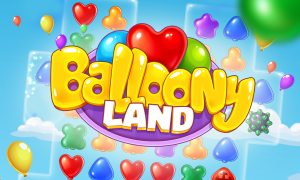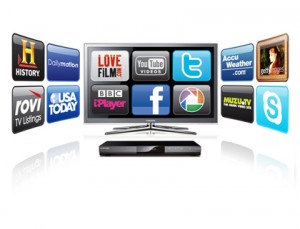 Balloony Land, the latest published game from Palringo, the social platform to find games and fellow gamers, has reached the top 10 in the App Store across nine countries by using its 45 million-strong community to drive the launch.
Balloony Land, the latest published game from Palringo, the social platform to find games and fellow gamers, has reached the top 10 in the App Store across nine countries by using its 45 million-strong community to drive the launch.
The UK-based company said that its community gaming business model meant the global CPI (cost per install) for Balloony Land was $0.72 compared to the industry average of mobile games of $1.67 in the month following its release, and fell to a further $0.44 by leveraging the Palringo community of 45 million users.
Palringo’s model allows it to be less dependent on traditional ad networks and to beat current average CPIs by marketing to its existing community and carefully managing external spend.
The company incentivises the community to engage with new games using tools within the Palringo app. These initial downloads cause a surge in app store rankings helping chart discovery and ultimate downloads. This is carried out in a controlled manner to ensure a sustainable number of downloads over a period of time, based on download estimates for each country’s app store.
The integration of native games into the Palringo social platform shows how a casual single player game, such as Balloony Land, can be given a multiplayer dimension, while increasing engagement. Global day one retention rates for gamers coming from Palringo were twice as high than players acquired from other sources and 30-day retention rates were three times higher.
“We decided some time ago to move away from being a messaging business and focus instead on offering a messaging-based service where the core messaging and community element would be used to strengthen the gaming experience.
“By developing and publishing our own games we’ve been able to build a better understanding of how messaging, communities and games can converge to offer a sustainable business proposition,” said Tim Rea, Palringo CEO.



